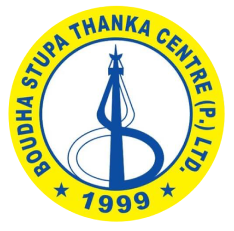Dorje Sempa is a significant figure in Tibetan Buddhism who symbolizes purity, compassion, and wisdom. He is viewed as a manifestation of the primordial Buddha, Samantabhadra. In Tibetan Buddhist rituals, he is represented as a peaceful white deity holding a vajra and a bell, both of which signify different meanings. The vajra represents the unchanging nature of the ultimate reality while the bell represents wisdom and emptiness. Dorje Sempa is invoked during purification practices as it is believed that he can cleanse negative karma and afflictions. During the practice, practitioners imagine him purifying them of their negative karma and afflictions as they recite his mantra. This practice is an essential aspect of Vajrayana Buddhism and is usually taught as one of the foundational practices for beginners. The goal of practicing Dorje Sempa is to purify the mind and cultivate the qualities of compassion, wisdom, and mental clarity. The practice of Dorje Sempa involves visualizing him in front of oneself, meditating on his qualities, and reciting his mantra. The mantra of Dorje Sempa is "Om Vajrasattva Hum," and it is believed to have the power to purify negative karma and afflictions. The practice of Dorje Sempa is widely recognized in Tibetan Buddhism and has been adopted by many practitioners worldwide. The purification practice of Dorje Sempa is a potent tool for purifying negative thoughts, emotions, and actions.











































